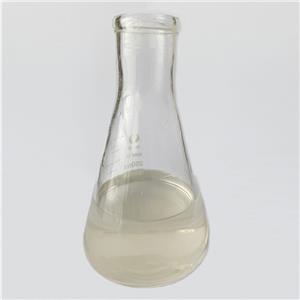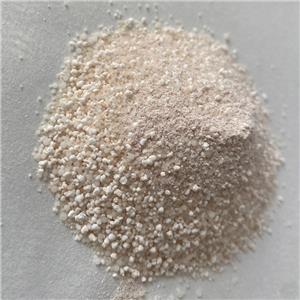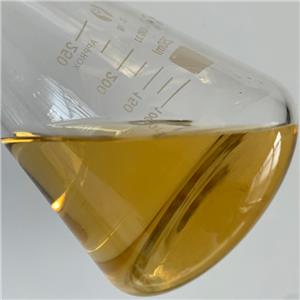How is the environmental performance of galvanized steel passivator in the automotive manufacturing process
How is the environmental performance of galvanized steel passivator in the automotive manufacturing process, and does it meet current environmental standards?
The environmental performance of galvanized steel passivator in the automobile manufacturing process and whether it meets the current environmental standards are mainly reflected in the following aspects:
1. ** Development of environmentally friendly passivators ** : With the strengthening of environmental awareness, chromium-free or low-chromium passivators are replacing the traditional passivation process using hexavalent chromium to reduce environmental pollution and harm to human health.
2. ** Trivalent chromium passivation ** : trivalent chromium passivation as an alternative process, compared with hexavalent chromium passivation, has lower toxicity and harm, although there are still some technical problems, such as the lack of self-repair ability, but is becoming a hot spot of research and development.
3. ** Chromium-free passivation technology ** : Chromium-free passivation technology, such as molybdate passivation, rare earth metal passivation, tannic acid passivation, etc., because of its low toxicity is considered to be an effective substitute for chromate, these technologies can form a protective film on the surface of zinc, improve corrosion resistance, while enhancing the binding force with the coating.
4. ** Environmental protection and energy saving process characteristics ** : The chemicals used in the galvanizing passivation process are relatively environmental protection, less environmental pollution, simple technical operation, low energy consumption, in line with the requirements of green development.
5. ** Wastewater treatment technology ** : The wastewater generated in the production process of the electroplating industry needs to be treated to meet environmental protection standards, and the technologies used include chemical precipitation, membrane separation, biochemical treatment technology, etc., which can effectively remove harmful substances in the wastewater and reduce the impact on the environment.
6. ** Cleaner production and pollution control ** : Electroplating enterprises are encouraged to adopt cleaner production technologies, such as improving the hanging mode of hangers and plating parts to reduce the amount of liquid taken out, adopting automated production, strengthening plating solution management, etc., while strictly complying with pollutant emission standards and installing online monitoring equipment.
7. ** Compliance with policies and regulations ** : Electroplating enterprises must comply with relevant environmental regulations and standards, such as the discharge limits of heavy metals and toxic substances in wastewater, to ensure that the production process and discharge meet the requirements of environmental protection.
Through these measures, the application of galvanized steel passivators in the automotive manufacturing process is gradually developing in the direction of environmental protection and sustainability to meet increasingly stringent environmental standards.




